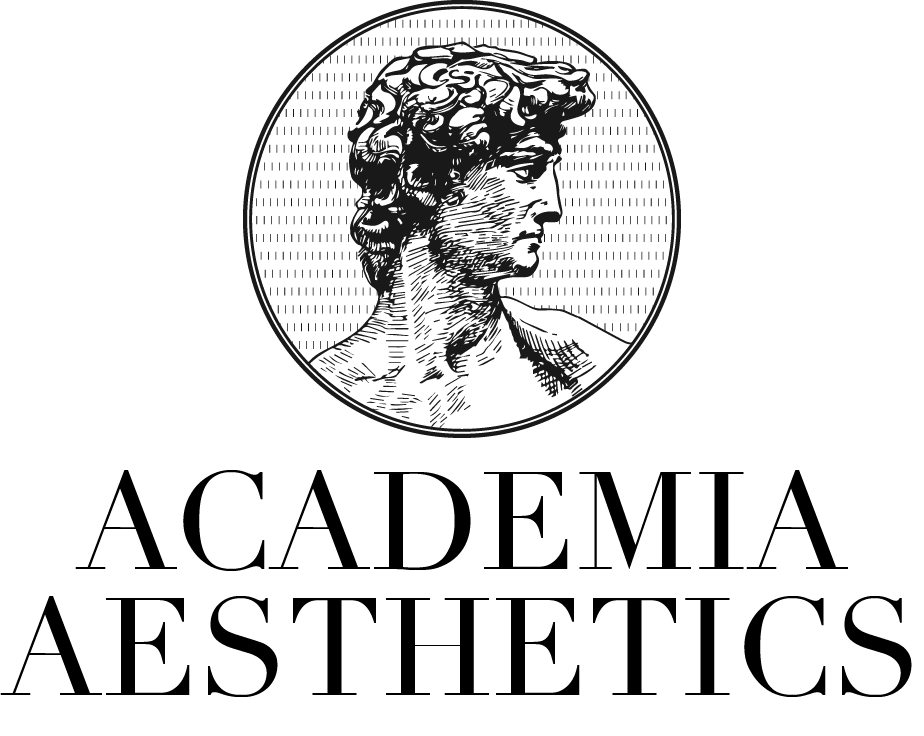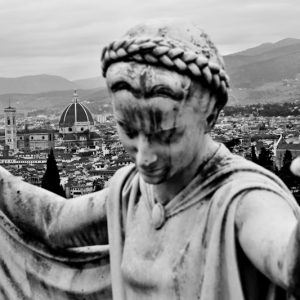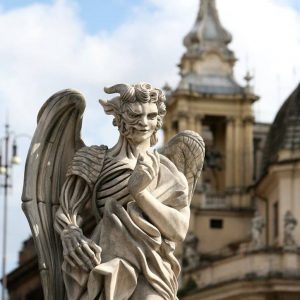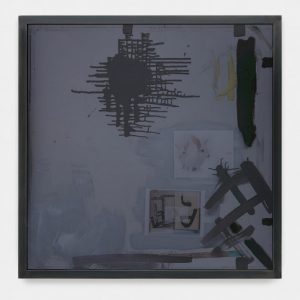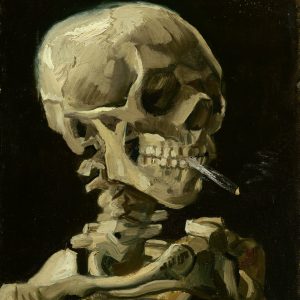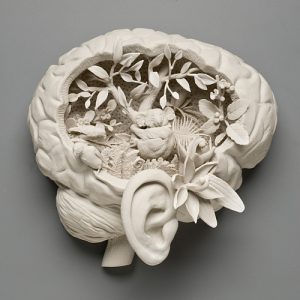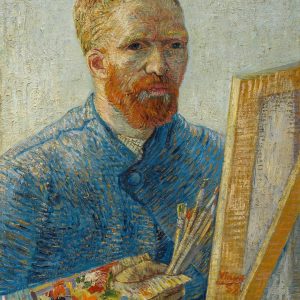The “Sock and Buskin” are symbolic masks representing two aspects of ancient Greek theater: comedy and tragedy. These masks have been central to theatrical history, dating back to around 700 AD. They hold significant cultural and historical value, capturing the essence of early dramatic expressions in Western culture.
In ancient Greek theater, masks were more than mere accessories; they were integral to the performance. Given the large size of theaters and the exclusively male cast, masks served both practical and artistic purposes. They helped actors project their voices and embody multiple characters, irrespective of gender. The exaggerated expressions of the masks were visible even to distant spectators.
The “Sock,” representing comedy, typically displayed a cheerful, smiling face. This mask was synonymous with the lighter, more humorous plays. Comedic performances often involved satirical, slapstick, and farcical elements. The plays were not just for entertainment; they were a medium to critique social norms, politics, and famous personalities of the time. Aristophanes, a prominent playwright, is renowned for his influential comedic works like “Lysistrata” and “The Clouds.”
In contrast, the “Buskin” mask, symbolizing tragedy, bore a somber, sorrowful expression. Tragedy plays were centered around human suffering, moral dilemmas, and the tragic flaws of characters. These performances often ended in catastrophe, evoking pity and fear in the audience. Tragic plays were not merely tales of woe; they were profound explorations of human nature, destiny, and the gods’ influence. Playwrights like Aeschylus, Sophocles, and Euripides were masters of this genre, producing timeless works such as “Oedipus Rex” and “Medea.”
The dual masks also symbolize the dichotomy of the human experience—the joy and sorrow inherent in life. This representation has transcended its theatrical origins to become a universal symbol of the dramatic arts.
In addition to their symbolic value, the masks also had a technical role. Made from lightweight materials like linen, wood, or cork, they were designed to amplify the actor’s voice, acting as a primitive megaphone. The exaggerated features were not just artistic choices but practical solutions to the challenge of emoting to large audiences.
The evolution of these masks can be traced through the history of theater. Initially, they were simple and functional, but over time, they became more sophisticated and stylized. The use of masks in theater declined with the Roman Empire’s fall, but their influence persisted. The Renaissance revived interest in classical arts, leading to a resurgence in the use of theatrical masks, though in a more symbolic capacity.
In modern times, the “Sock and Buskin” are less about literal mask-wearing and more about the metaphorical representation of drama. They have become iconic, representing the world of theater in logos, statues, and awards. The Comedy and Tragedy masks are not just historical artifacts; they are enduring symbols of the dramatic arts’ power and versatility.
Their legacy extends beyond theater; these masks have influenced literature, visual arts, and even psychology. The concept of wearing a ‘mask’ to portray different emotions or roles in life has become a metaphor for human behavior and identity.
